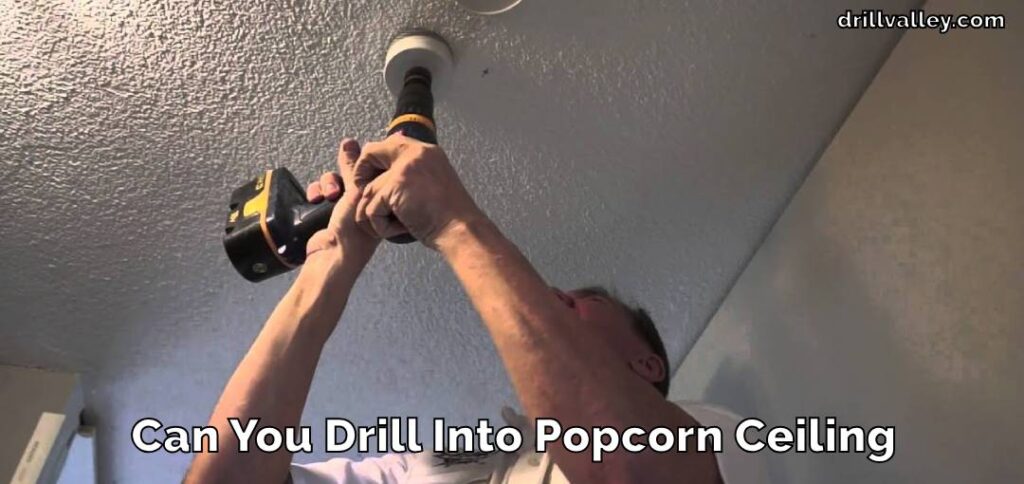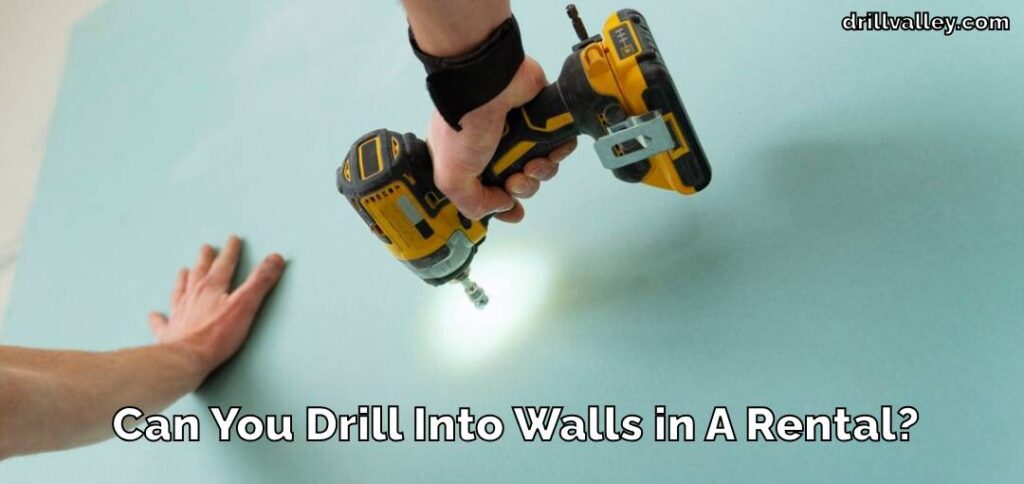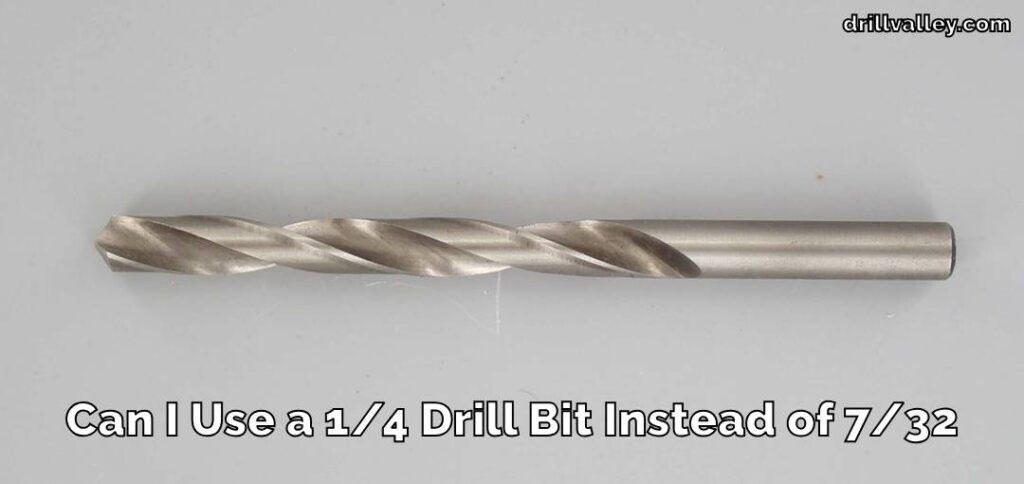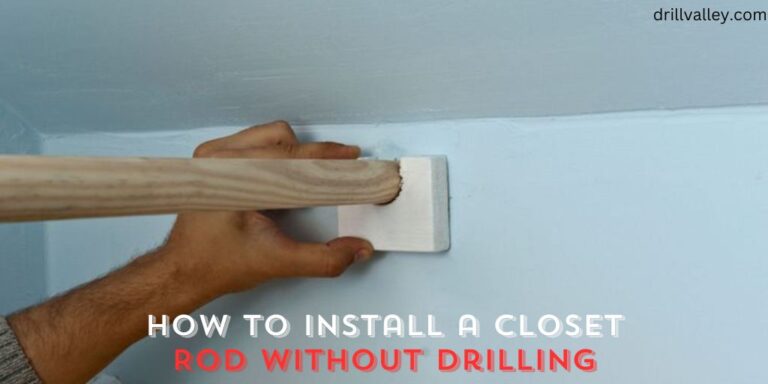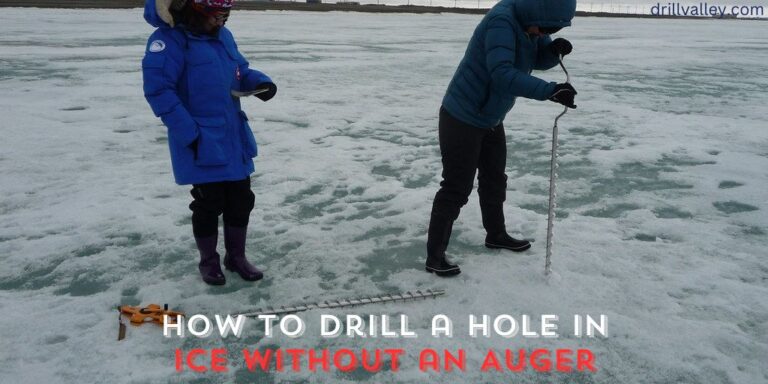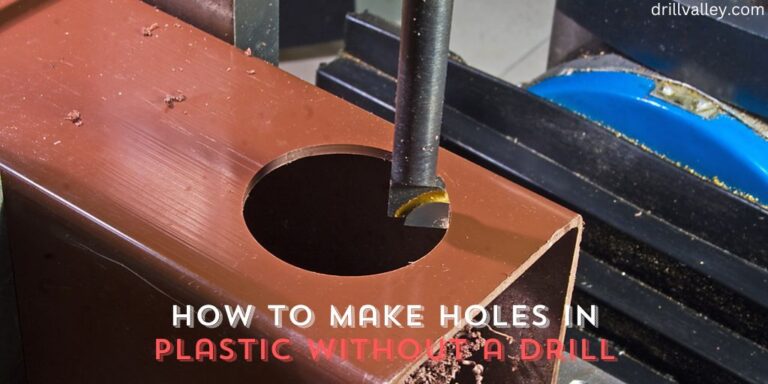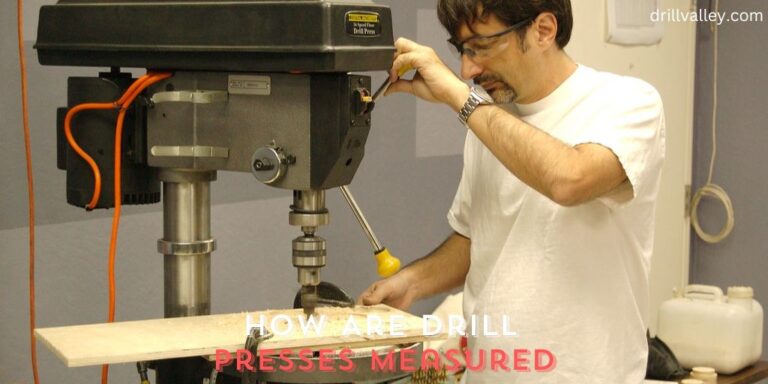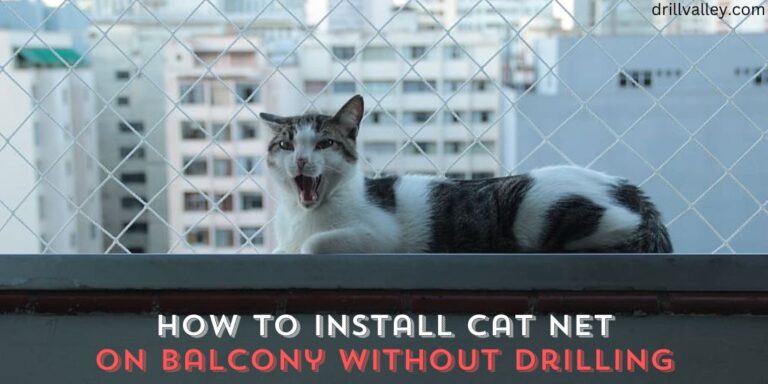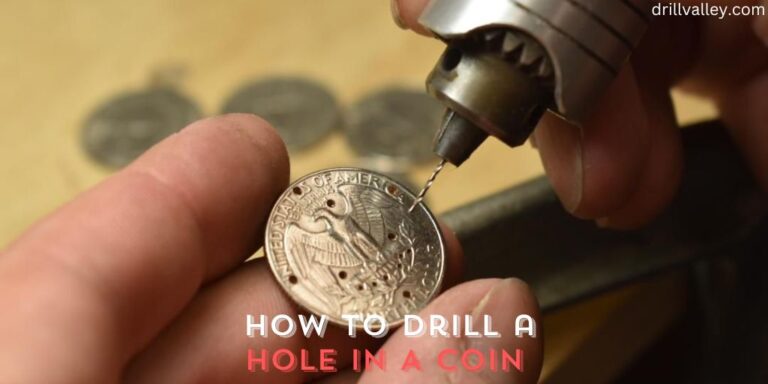How to Anchor a Pergola without Drilling
Anchoring a pergola securely without drilling is a smart and creative way to enhance your outdoor space. Many people love the idea of adding a pergola to their garden or patio because it adds charm and a cozy spot to relax. However, the thought of drilling holes and potentially damaging the area can be a big turn-off.
This guide is here to show you how to anchor a pergola without drilling. Whether you’re someone who enjoys DIY projects or you have a green thumb and love spending time in your garden, the tips and strategies shared here will help make sure your pergola is stable and looks great in your outdoor area.
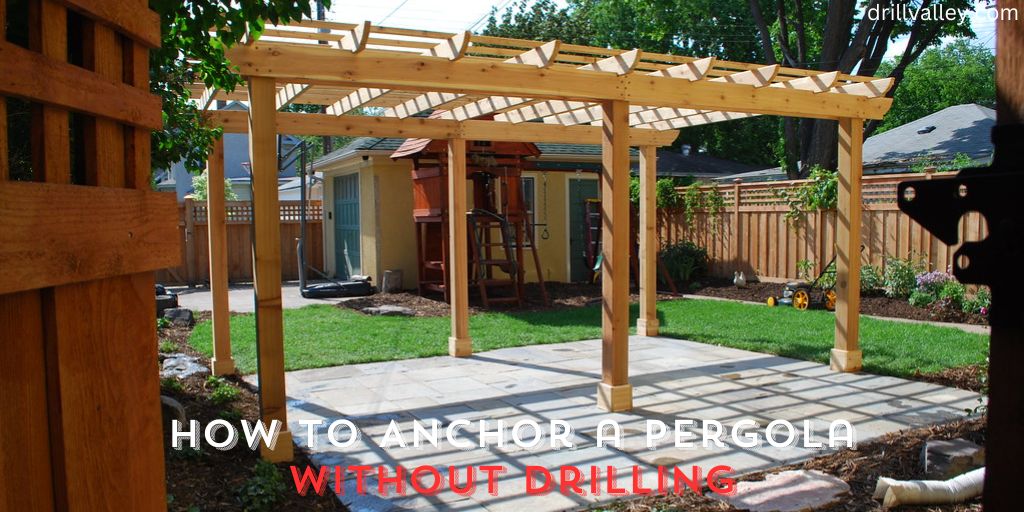
We’re going to keep things simple, so anyone can follow along. No fancy words or complicated instructions. Just clear, practical advice on how to get your pergola up and standing strong, without the need for drilling. So, let’s get started and make your garden or patio an even more inviting place to spend time.
Why You Need to Anchor a Pergola without Drilling
Anchoring a pergola without drilling is essential for various reasons. Firstly, it preserves the integrity of your outdoor surfaces. Drilling can cause permanent damage to patios, decks, or garden areas.

Additionally, for renters or those with strict homeowner association rules, non-drilling methods provide a viable solution to enhance their outdoor space without altering the property. Secondly, non-drilling methods are often simpler and less time-consuming.
They require fewer tools and can be more cost-effective. Furthermore, the flexibility of non-drilling options allows for easier disassembly and relocation of the pergola, catering to those who enjoy changing their outdoor layout seasonally or have future landscaping plans.
Tools We Need to Anchor a Pergola without Drilling
Anchoring a pergola without drilling requires specific tools to ensure a secure and stable setup. Here’s a detailed list of what you’ll need:
- Heavy-duty Weights or Anchor Plates: These are essential for holding down the pergola. They can be specially designed weights or generic heavy objects like large stones or metal plates. The key is to choose items that are heavy enough to withstand winds and weather changes.
- Strong Ropes or Cables: High-quality ropes or cables are crucial for tying down the pergola to the weights or anchor plates. Opt for weather-resistant materials like nylon or polyester, which offer durability and flexibility.
- Ground Stakes (For Soft Surfaces): If you’re placing the pergola on a grassy or earthy area, ground stakes are a must. These stakes should be long and sturdy, made of steel or another strong metal, to penetrate deeply into the ground for a firm grip.
- Sandbags or Concrete Blocks: These are alternatives to heavy-duty weights and can be placed on the base of the pergola legs for added stability. Sandbags are particularly useful as they can be easily moved and adjusted as needed.
- Adjustable Straps or Bungee Cords: These are used to secure the pergola to the anchor points. Adjustable straps allow for flexibility and can be tightened as necessary, while bungee cords offer elasticity to absorb movements caused by wind or weight shifts.
- Level and Measuring Tape: A level is important to ensure your pergola is set up straight and evenly balanced. A measuring tape will help you place anchor points at equal distances, maintaining the pergola’s symmetry and balance.
- Hammer or Mallet (For Ground Stakes): This is needed to drive the ground stakes securely into the earth. A hammer or mallet that’s heavy enough to push the stakes deep into the ground, but light enough to handle easily, is ideal.
Each of these tools plays a critical role in ensuring that your pergola is anchored safely and securely without the need to drill into any surfaces. It’s important to gather all these tools before you start the anchoring process to ensure a smooth and efficient setup.
How to Anchor a Pergola without Drilling
Anchoring a pergola securely without drilling might seem a bit challenging at first, but it’s doable with the right approach. Here’s a straightforward guide to help you get your pergola standing strong without causing any damage to your outdoor space.
Choose the Right Location
First off, find a level and solid surface for your pergola. This step is really important because it makes sure your pergola stays balanced and safe. Avoid any uneven spots that could make the pergola tilt or wobble. Also, think about where the sun and wind come from in your yard to make sure your pergola is in the best spot for shade and stability.

Use Weights or Anchor Plates
Now, at every corner of your pergola, place something heavy like specially made anchor plates or just some big, heavy objects such as large stones or metal weights. You want these to be heavy enough so your pergola doesn’t move around, even when the weather gets rough.
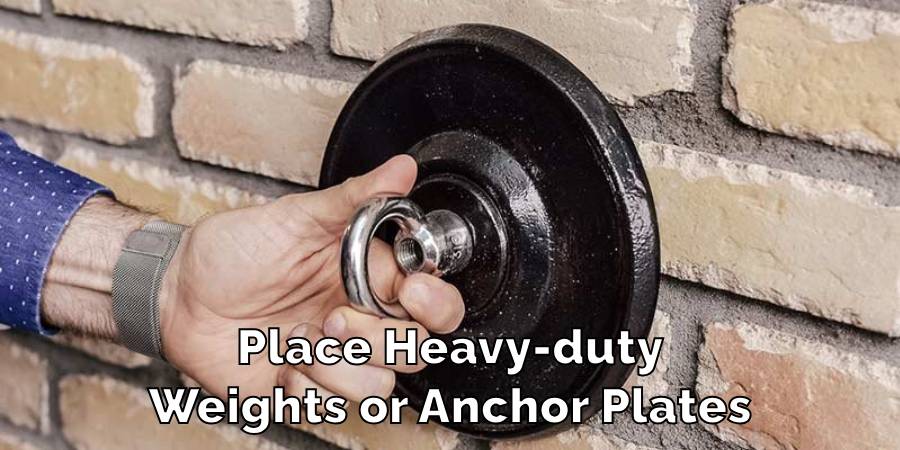
Secure with Ropes or Cables
Next, tie strong ropes or cables to the pergola’s frame, stretching them down to your heavy anchor points. Make sure these ties are tight and spread out evenly to keep the pergola from leaning. Choose ropes or cables that can handle the outdoors without getting damaged.

Employ Ground Stakes for Soft Surfaces
If your pergola is going on grass or another soft surface, you’ll need to use ground stakes. Drive these deep into the ground for a tight grip. The stakes should be sturdy, like steel, and long enough to get deep down for solid support.
Add Extra Weight
Especially if you’re in a windy area, put sandbags or concrete blocks at the pergola’s base. These are great for when you need something temporary or can’t dig into the ground. They add weight and help keep everything in place.
Secure with Straps or Bungee Cords
For a bit of extra hold, you can use adjustable straps or bungee cords. Attach them from the pergola down to your weights or stakes. These are great because they let the pergola move a bit with the wind, which can help prevent damage.
Regular Checks and Adjustments
Finally, always keep checking on your pergola, especially after bad weather, to make sure everything is still tight and secure. Tighten up any ropes, straps, or cables if you need to. This helps keep your pergola safe and enjoyable for everyone.
By following these steps, you can successfully anchor a pergola without drilling, ensuring it stays secure and stable in your desired location. This method is not only effective but also minimizes damage to your outdoor space, making it a great option for both homeowners and renters.
Precaution While Anchoring a Pergola without Drilling
Taking the right precautions is essential when anchoring a pergola without drilling to ensure its longevity and safety. Here are some detailed guidelines to follow:
- Regular Inspections: Make it a habit to check the anchor points periodically. Look out for any signs of loosening or wear in the ropes, cables, straps, or bungee cords. This is especially important after weather changes, such as strong winds or heavy rain, as these conditions can affect the tightness and effectiveness of your anchoring.
- Weather-Resistant Materials: Ensure that all materials used for anchoring, including ropes, stakes, and weights, are resistant to weather elements. This means they should be able to withstand sun exposure, rain, and changes in temperature without deteriorating. Using weather-resistant materials prolongs the life of your pergola and maintains its stability.
- Weight Limitation: Be mindful of the weight you add to the pergola. Avoid hanging too many decorations or plants, especially heavier items, as this can put additional strain on the structure. It’s crucial to balance aesthetic desires with practical considerations to maintain the pergola’s stability.
- Handling Extreme Weather: In areas prone to extreme weather conditions like high winds, heavy snow, or severe storms, extra caution is required. If harsh weather is forecasted, it’s wise to consider dismantling the pergola temporarily or reinforcing it with additional weights and stronger anchoring materials. This precaution helps prevent potential damage or accidents.
- Even Distribution of Load: When decorating or using the pergola, ensure that any added weight, like lights, fabric, or climbing plants, is evenly distributed. An uneven load can lead to tilting or swaying, which could weaken the anchoring over time.
- Avoiding Direct Contact with Soil: If using wooden elements in your pergola, try to avoid direct contact with the ground, especially soil. This can cause rot or deterioration in wood. Use a barrier or choose materials like metal or treated wood that are more resistant to ground moisture.
- Safety First: Always prioritize safety over aesthetics. If you ever doubt the stability of the pergola, it’s better to remove some weight or reinforce the anchoring. It’s also a good practice to keep children and pets from playing too close to the structure, especially if it’s not permanently anchored.
By following these precautions, you can enjoy your pergola without drilling, keeping it both safe and attractive. Regular maintenance and careful use will ensure that your pergola remains a delightful feature in your outdoor space for years to come.
FAQ’s
What is the Best Way to Anchor a Pergola?
The most suitable method to anchor a pergola without drilling varies based on your specific needs and the environment where the pergola is placed. Using heavy-duty weights or anchor plates is ideal for hard surfaces like concrete or stone.
These weights should be placed at each corner of the pergola for optimal stability. For softer surfaces like grass or soil, employing ground stakes that are hammered deep into the earth is effective.
Additionally, securing the pergola with strong ropes or cables to these weights or stakes helps distribute the structure’s load evenly. Each method aims to ensure the pergola remains stable and secure, even in changing weather conditions.
Does a Pergola Have to Be Anchored?
Anchoring a pergola is essential for ensuring its stability and safety. Unanchored pergolas are at risk of tipping over or being damaged, especially in windy conditions.
Anchoring provides a solid base, keeping the pergola secure and preventing accidents or damage to the pergola and surrounding areas.
How Do You Secure a Gazebo Without Pegs?
Securing a gazebo without pegs can be achieved using methods similar to those for a pergola. Place substantial weights or anchor plates at the gazebo’s corners, and use ropes or cables to tie them to the gazebo’s frame.
For gazebos placed on softer surfaces, using ground stakes is advisable. The goal is to create a stable base that prevents the gazebo from moving or tipping over, particularly in windy environments.
How Do You Stabilize a Pergola?
Stabilizing a pergola involves ensuring that the weight is evenly distributed and the anchoring points are well-secured. This can be achieved by using equal-sized weights or stakes at each corner and ensuring that ropes or cables are tensioned evenly.
It’s important to regularly inspect these points and adjust as necessary to maintain stability. Additionally, avoiding overloading the pergola with heavy decorations or plants can also help in keeping it stable.
What Happens if You Don’t Anchor a Pergola?
Not anchoring a pergola can lead to various problems. The most significant risk is that it can become unstable and topple over, which can cause injury to people nearby or property damage.
In windy conditions, an unanchored pergola can be lifted or shifted, potentially causing even more extensive damage. Therefore, proper anchoring is not just a recommendation but a necessary step to ensure the pergola’s safe and enjoyable use.
Conclusion
Anchoring a pergola without drilling is a feasible and effective solution for adding an elegant touch to your outdoor space while preserving the condition of your property.
By following the outlined methods and taking necessary precautions, you can ensure your pergola remains a stable and charming feature in your garden or patio. This article has explored how to anchor a pergola without drilling.
Remember, the key to a well-anchored pergola lies in careful planning, using the right materials, and regular maintenance. Enjoy the beauty and utility of your pergola, anchored securely and harmoniously with your outdoor environment.
Can You Use Impact Driver Bits in A Drill
Knowing whether you can swap impact driver bits into a regular drill matters more than…
Can You Drill Into Popcorn Ceiling
Wondering Can You Drill Into Popcorn Ceiling for your next home improvement project? Popcorn ceilings,…
Can You Drill Into Walls in A Rental?
Renting an apartment brings the challenge of personalizing your space within the confines of rules…
Can I Use a 1/4 Drill Bit Instead of 7/32
When you’re elbows deep in a project and suddenly realize the 7/32 drill bit you…
Can You Drill Concrete Without A Hammer Drill
Drilling into concrete requires both precision and the right tools, notably a hammer drill and…
Can You Use Different Brand Drill Bits?
The right drill bit size is crucial for any project, big or small. It’s the…


